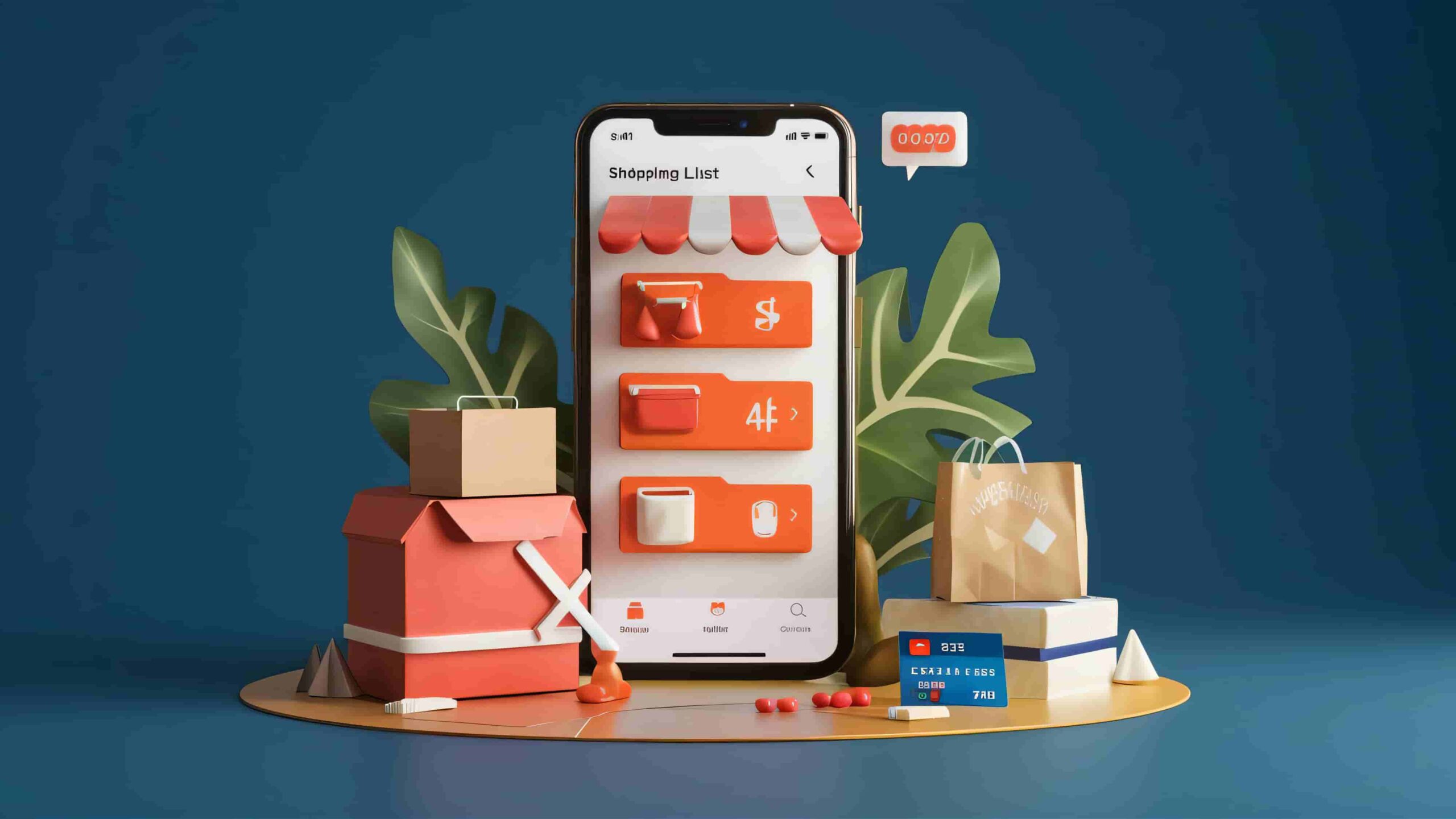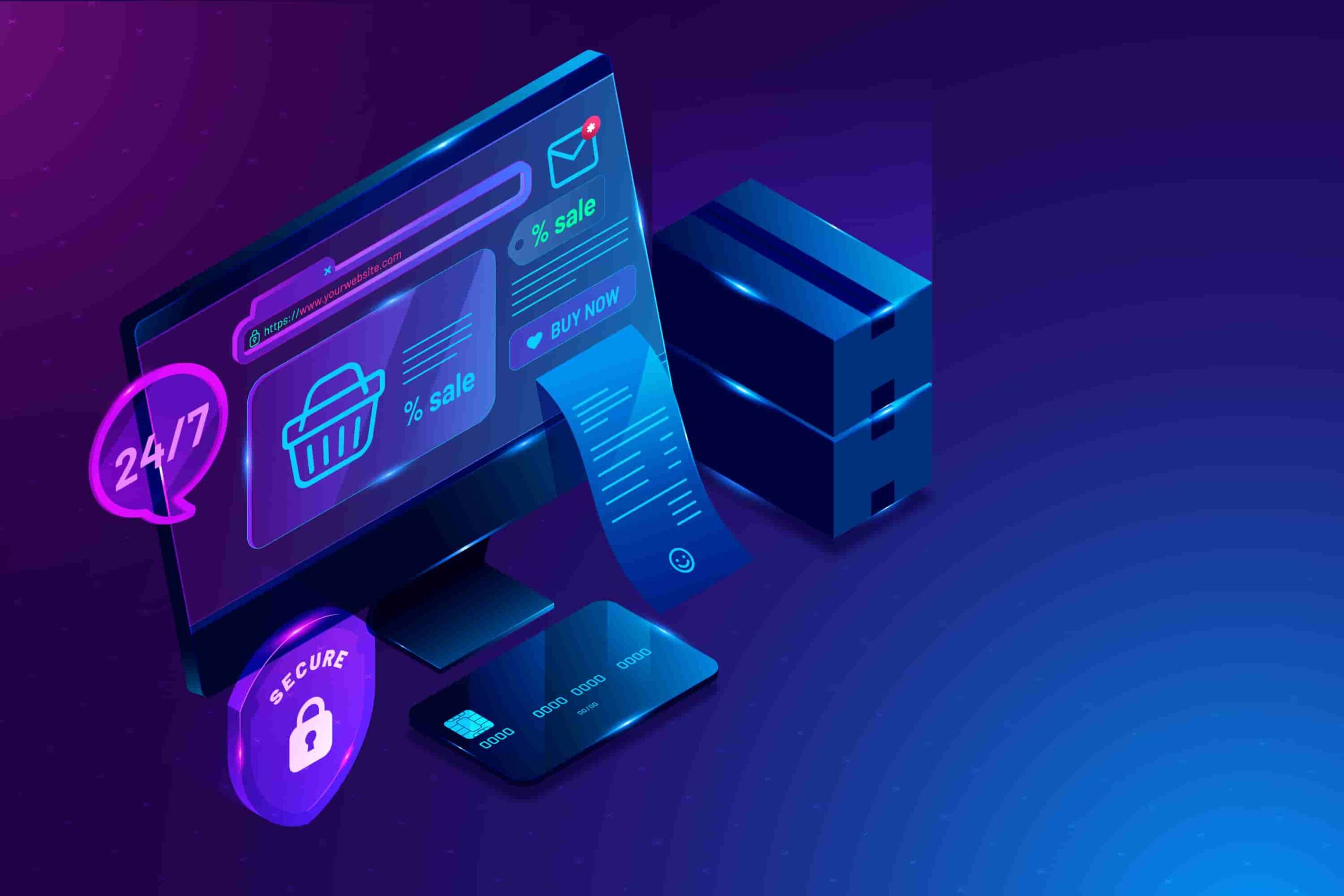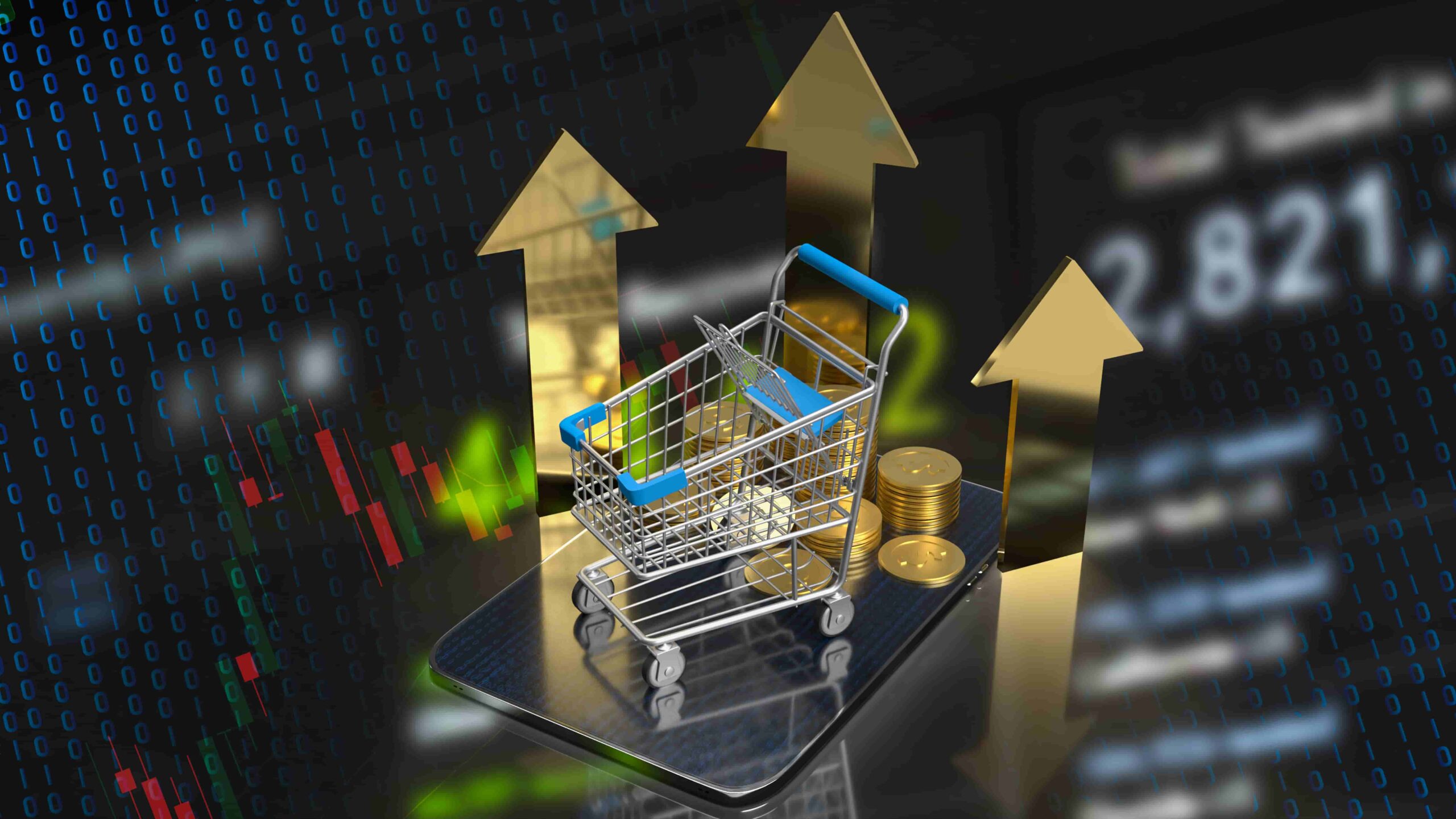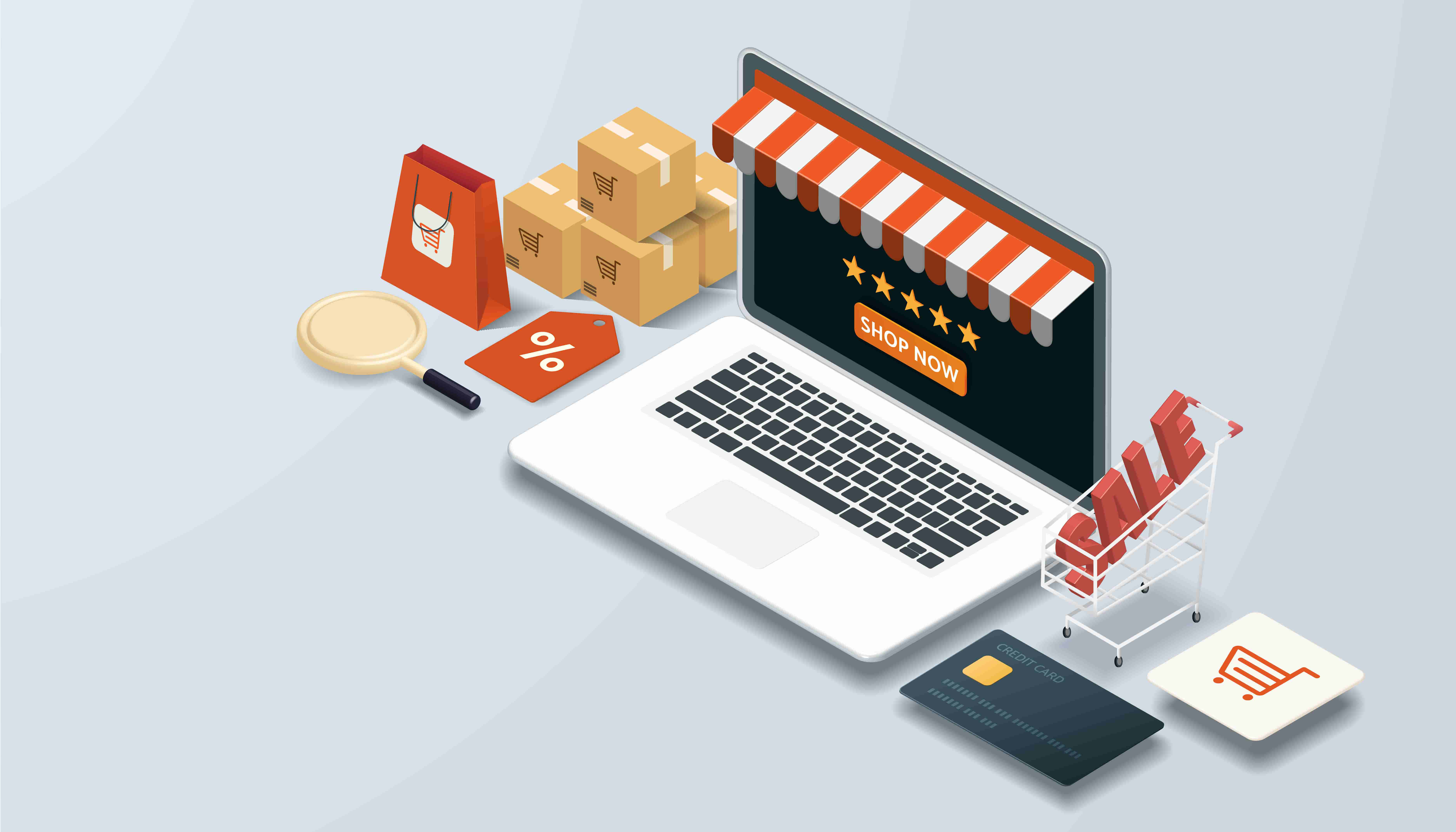The future of cafe and restaurant apps is an exciting landscape shaped by technology, customer demands, and the evolving foodservice industry. As mobile and web apps continue to grow in popularity, cafes and restaurants are exploring innovative ways to enhance the customer experience and streamline their operations. Here are some key trends and innovations to look out for:
1. AI-Powered Personalization
AI is being used to personalize customer experiences based on past behaviors, preferences, and even location. Apps can suggest menu items, create personalized offers, or recommend meals based on dietary restrictions and previous orders. This level of customization can help increase customer satisfaction and loyalty.
2. Contactless Ordering and Payment

The shift toward contactless technology, accelerated by the COVID-19 pandemic, has become a permanent fixture in the foodservice industry. Customers now expect a seamless experience that minimizes physical interaction. Restaurant apps are responding by integrating features such as mobile ordering, contactless payment, and QR code menu access.
Customers can use their smartphones to place orders directly, pay through digital wallets, and even leave tips—all without needing to interact with cashiers or handle physical menus. These features not only enhance convenience but also improve hygiene and safety, which remain top priorities for many diners.
3. Smart Kitchen Integration
Apps are increasingly integrating with kitchen management systems, allowing for better order tracking, inventory management, and coordination between front-of-house and back-of-house teams. This can result in faster order fulfillment, fewer mistakes, and improved communication.
4. Augmented Reality (AR) Menus
AR technology is starting to be used in restaurant apps to enhance menu browsing. By using their smartphone cameras, customers can visualize dishes in 3D or see nutritional information in real-time. This provides a more engaging and informative way to explore the menu, helping customers make better choices.
5. Sustainability Features
With growing interest in sustainability, many cafe and restaurant apps are incorporating features that allow customers to make eco-friendly choices. This could include information about the carbon footprint of menu items, options for selecting sustainable packaging, or even donating to environmental causes directly through the app.
6. Delivery and Pickup Integration

The rise of food delivery and curbside pickup has made seamless integration a must-have feature for restaurant apps. Customers can browse menus, customize orders, and schedule pickups or deliveries directly from their smartphones. Real-time tracking provides updates on the status of their order, from preparation to delivery, enhancing transparency and trust.
Restaurants that operate their own delivery fleets can use these apps to optimize delivery routes and reduce wait times. For customers, the convenience of ordering their favorite meals from the comfort of their homes makes this feature indispensable.
7. Voice Ordering and AI Assistants
Voice-activated ordering through smart devices is gaining traction. With voice assistants like Siri, Alexa, or Google Assistant, customers can place orders, customize meals, and even pay for their meals with voice commands. This innovation streamlines the ordering process, especially for busy customers on the go.
8. Blockchain for Transparency and Security
Blockchain technology is being explored for its ability to provide transparent supply chains. By incorporating blockchain, cafes and restaurants can offer customers information about the origin of ingredients, ensuring that they are sourced ethically and sustainably. Blockchain also offers improved security for transactions, helping to reduce fraud.
9. Social Media Integration and Community Building
Many apps are incorporating social media features to enhance customer engagement. This includes sharing photos of meals, rating restaurants, and posting reviews directly within the app. Some apps even offer customers the ability to connect with others or follow favorite restaurants, fostering a sense of community.
10. Health and Dietary Insights
As customers become more health-conscious, apps are integrating features that allow diners to track calories, nutrients, and allergens in their meals. This can be particularly useful for people with specific dietary needs or those looking to make healthier choices.
11. AI-Powered Predictive Analytics
AI can analyze customer data to predict trends, optimize staffing, and forecast demand. This allows cafes and restaurants to anticipate busy times, manage inventory more efficiently, and reduce food waste.
Conclusion
The future of cafe and restaurant apps is centered on improving the customer experience while increasing operational efficiency. As technology continues to advance, we can expect to see even more innovations that enhance personalization, sustainability, and convenience. For businesses in the foodservice industry, embracing these trends will be key to staying competitive and meeting the evolving demands of tech-savvy customers.











